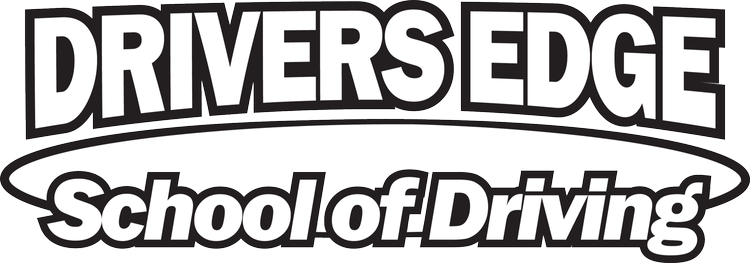Who Has The Right-Of-Way
Knowing which car has the right-of-way and knowing who should yield can be a tricky topic for new drivers.
Pedestrians: Pedestrians have the right-of-way within any crosswalk marked or unmarked, intersection with traffic lights, intersection with stop signs, and roadway workers. It is very crucial that drivers are aware of pedestrians at all times. A car can easily cause immense harm to pedestrians at the lowest of speeds. So, take the extra seconds to look for pedestrians especially in town when people will be walking about.
4-way stop intersection: When more than one driver reaches a four-way stop intersection. The first driver to stop should be the one to proceed first. When two vehicles arrive at a four-way stop at the same time, the vehicle on the left should yield to the vehicle on the right. Therefore, the person on the right has the right-of-way. If three cars arrive at a four-way stop at the same time, the vehicle to the left should yield to the vehicle on the right. However, that driver should yield to the person on their right. If four people somehow stop at exactly the same time, wait for someone to go then treat it as if three people stopped simultaneously.
Making a turn on Red: It is legal to turn right on red at an intersection as long as there is no signage against it and the way is clear and safe. One must come to a full stop, make sure no pedestrians are in the way, and then one may proceed if the coast is clear. One may also turn left on red. In this scenario, a driver must be on a one-way road and turning left onto another one-way road. A driver must come to a complete stop, make sure no pedestrians are in the way, and that it is safe to make the turn and then proceed.
Turning left: A driver is required to yield to oncoming traffic when they are turning left. A green arrow at an intersection allows drivers to proceed without yielding. It is imperative that one gives proper following distance and slows down at a sizable distance away from the left to prevent rear endings, from taking the turn with too much speed, or not properly judging if enough room is given to make the left turn successfully.
Emergency vehicles: Emergency vehicles have the right-of-way whenever their lights are flashing. A complete breakdown of what to do when one sees flashing blue and red lights can be found in Blog #4. right-of-way is given to these vehicles in all situations for it is imperative that they can make it quickly and safely to their destination.
Commenter of the Month
Comment down below any right-of-way questions you have for a chance to be our commenter of the month.
